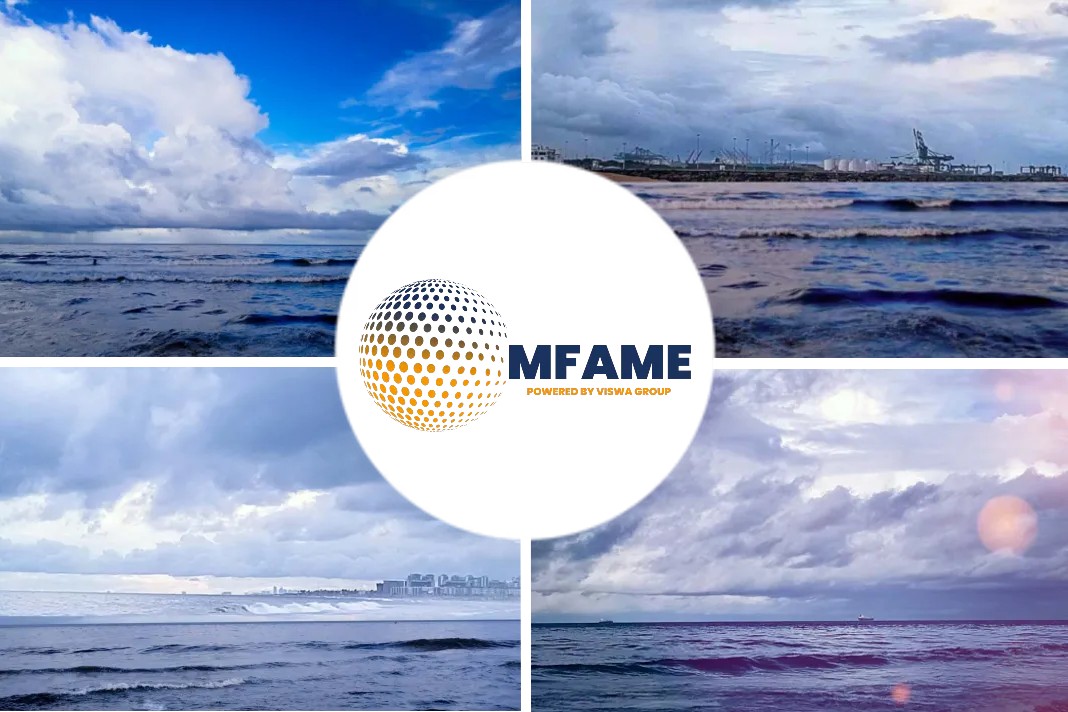Class society DNV GL has published a report assessing the potential for greenhouse gas (GHG) emissions reduction from shipping towards 2050, based on a new computational model.
Computational model 2050:
In ‘Low Carbon Shipping Towards 2050’, DNV GL explains its computational model can be used to assess various scenarios for individual ship segments and the impact and cost of GHG emissions-reducing solutions.
GHG reduction:
“Despite the challenges facing our industry, we believe it is technically possible for shipping to achieve substantial GHG reductions, provided a viable strategy is developed and adopted from within the industry itself,” says Christos Chryssakis, group leader energy efficiency & fuels at DNV GL. “But for such a strategy to be both successful and minimally disruptive, it should recognise the differences between the various shipping segments and the need to develop appropriate solutions for different ship types, sizes and types of operation.”
Fuel consumption and emission baseline:
The model uses AIS data to create a fuel consumption and emissions baseline, combining it with scrap and trade growth assumptions for each segment and four main categories of CO2 reduction: alternative fuels, energy efficiency measures, speed reduction and carbon pricing. For each vessel in the fleet (both existing and new), there is a cost-benefit calculation for alternative fuel options and energy efficiency measures.
Once the technology selection is completed, the new level of fuel consumption and emissions is calculated, as well as the estimated cost of implementing these options.
The baseline fuel consumption for 2016 has been estimated by using global AIS data combined with information from other databases. The baseline emissions for 2020, 2025, 2030, 2040 and 2050 are derived by applying segment specific trade growth rates and then calculating the fuel consumption and emissions using the same energy efficiency and fuel as for 2016. High trade growth and moderate trade growth scenarios have been used for illustration of the potential of the model.
Identify optimal solutions:
The report states the model can be used by ship owners trying to identify the optimum solutions for their vessels; local authorities developing strategies and supporting mechanisms for reducing emissions from vessels in their geographical areas; and policy makers developing a global strategy for reducing GHG emissions, taking into account the differences between individual ship types and operations. The reduction level will depend on availability of applicable technological solutions for each segment, their reduction potential and uptake rate.
DNV GL also points out that there are technological and market and regulatory uncertainties to consider. For example, decarbonising the shipping industry will be disruptive in terms of financial cost, introduction of new technology, crew competence requirements and operational patterns.
Did you subscribe for our daily newsletter?
It’s Free! Click here to Subscribe!
Source: DNVGL



















